Rosso russo
Curiosità Interessanti
Russian winemaking dates back over 2000 years, when first the Phoenicians and later the ancient Greeks colonized the Black Sea coast, bringing with them their viticultural knowledge. Despite this long history, Russia has one of Europe’s few remaining undiscovered great terroirs. Concentrated within the Krasnodar region (also known as Kuban), and on the same latitude as Bordeaux, it has the ideal climatic conditions for producing great wine.
Che sapore ha questo stile?
In base a 23.157 recensioni di 764 vini
Leggero
Strutturato
Piatto
Acidulo
Morbido
Tannico
Secco
Dolce
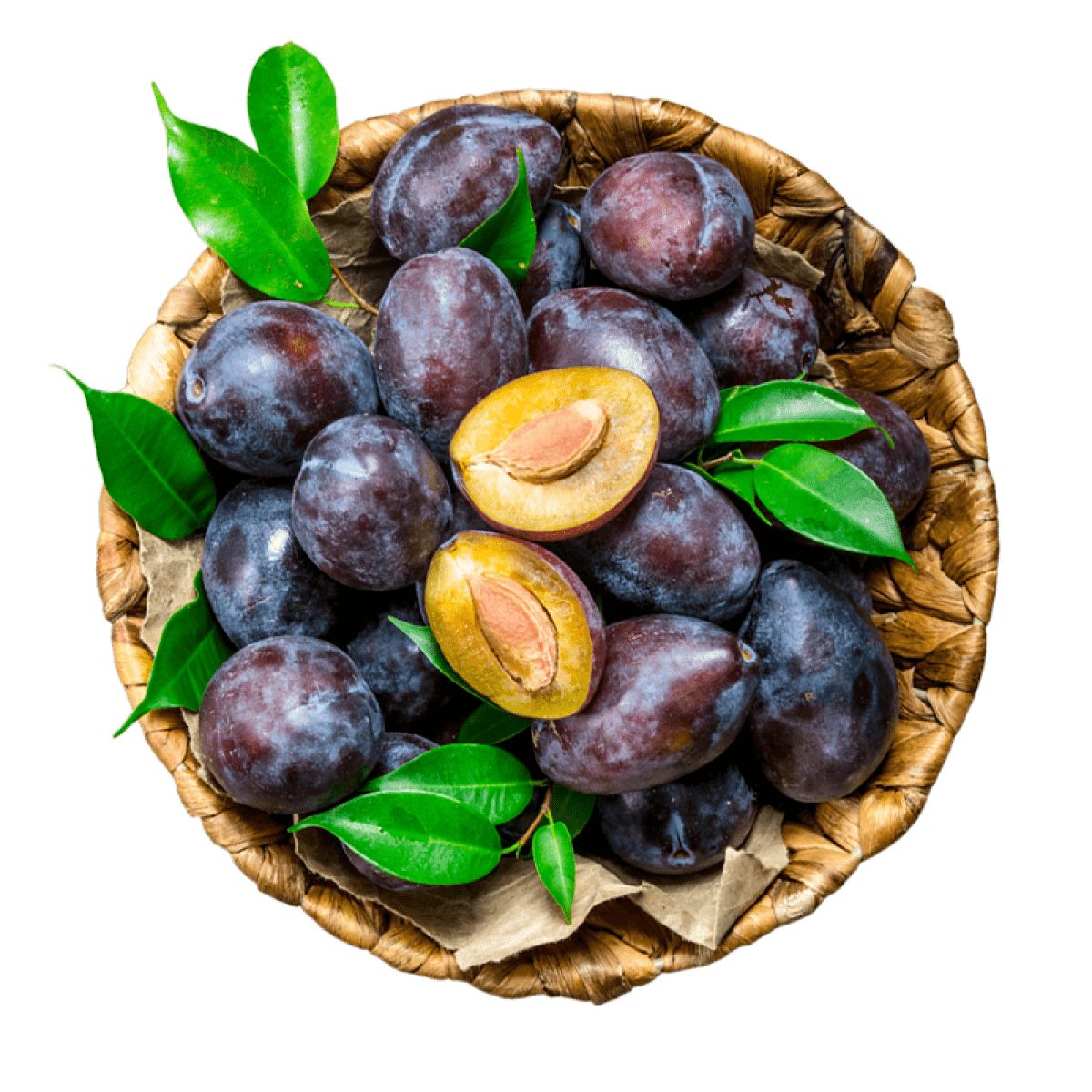
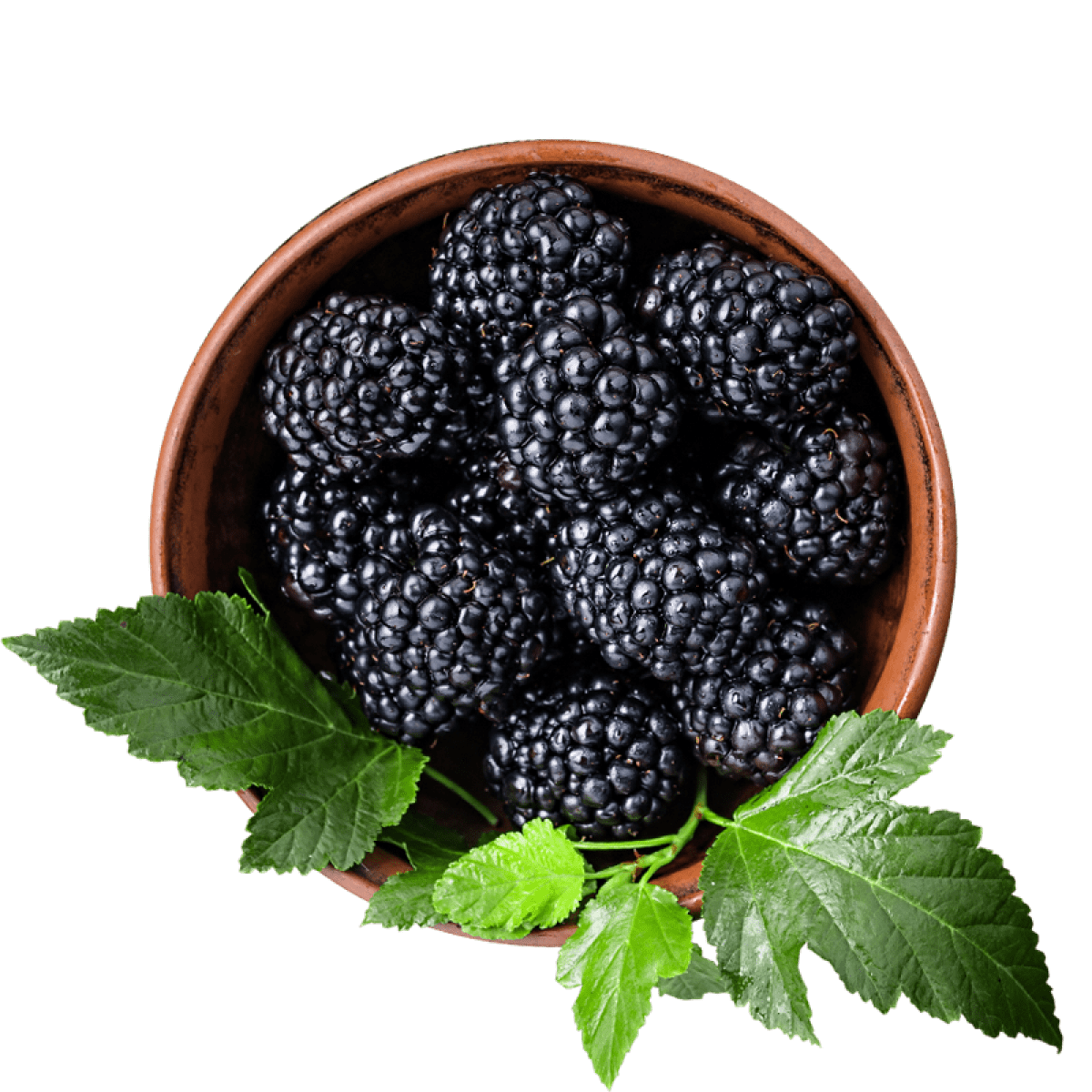
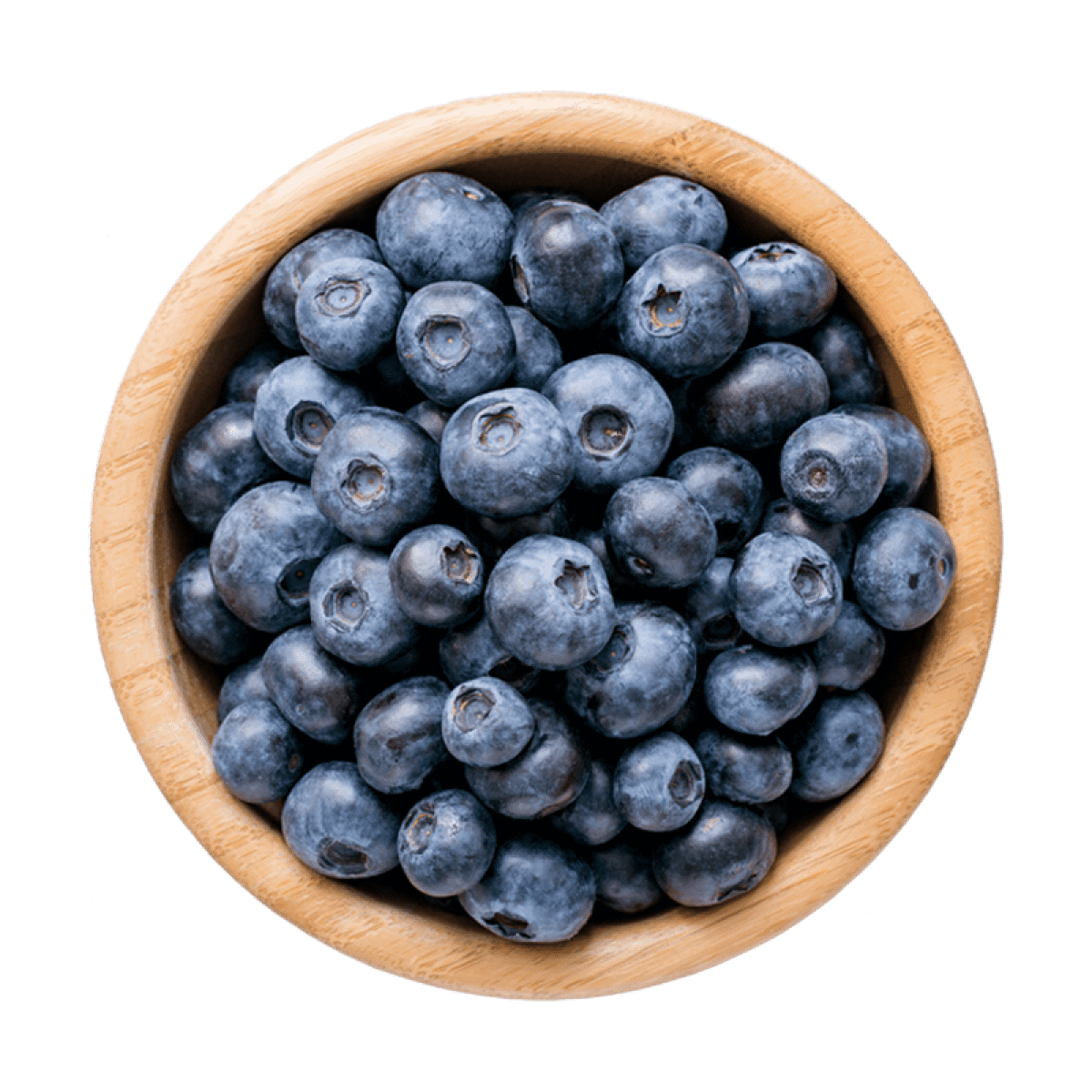
- prugna
- ribes nero
- mora
- marmellata
- bacche nere
- mirtillo
- ciliegia mora
- cassis
- gelso
- mirtillo
- frutto neri
- prugna
note bacche nere menzionate 0 volte

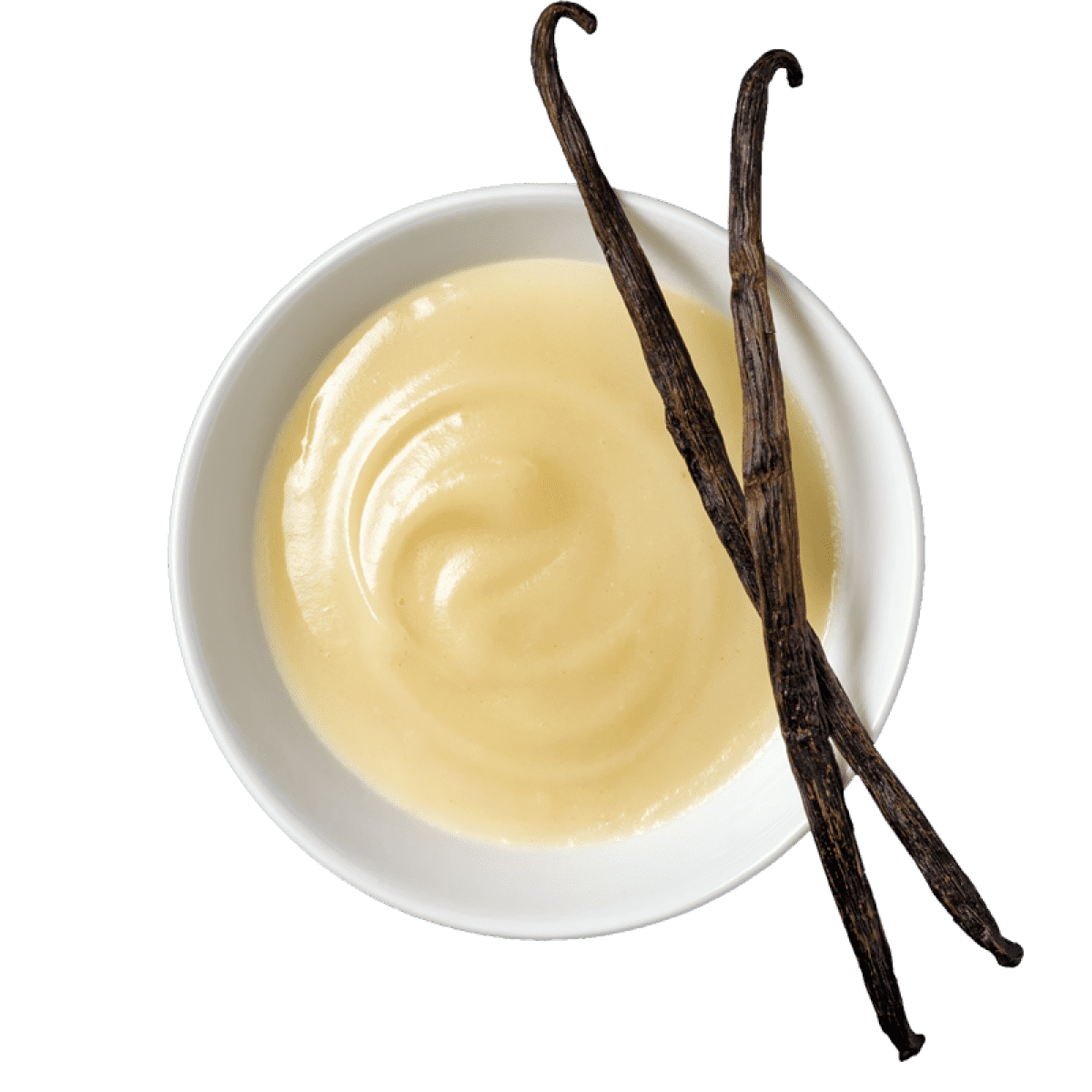

- legno
- vaniglia
- cioccolato
- tabacco
- chiodo di garofano
- caffè
- cedro
- cioccolato fondente
- pimento
- caramello
- sigaro
- burro
note legno menzionate 0 volte
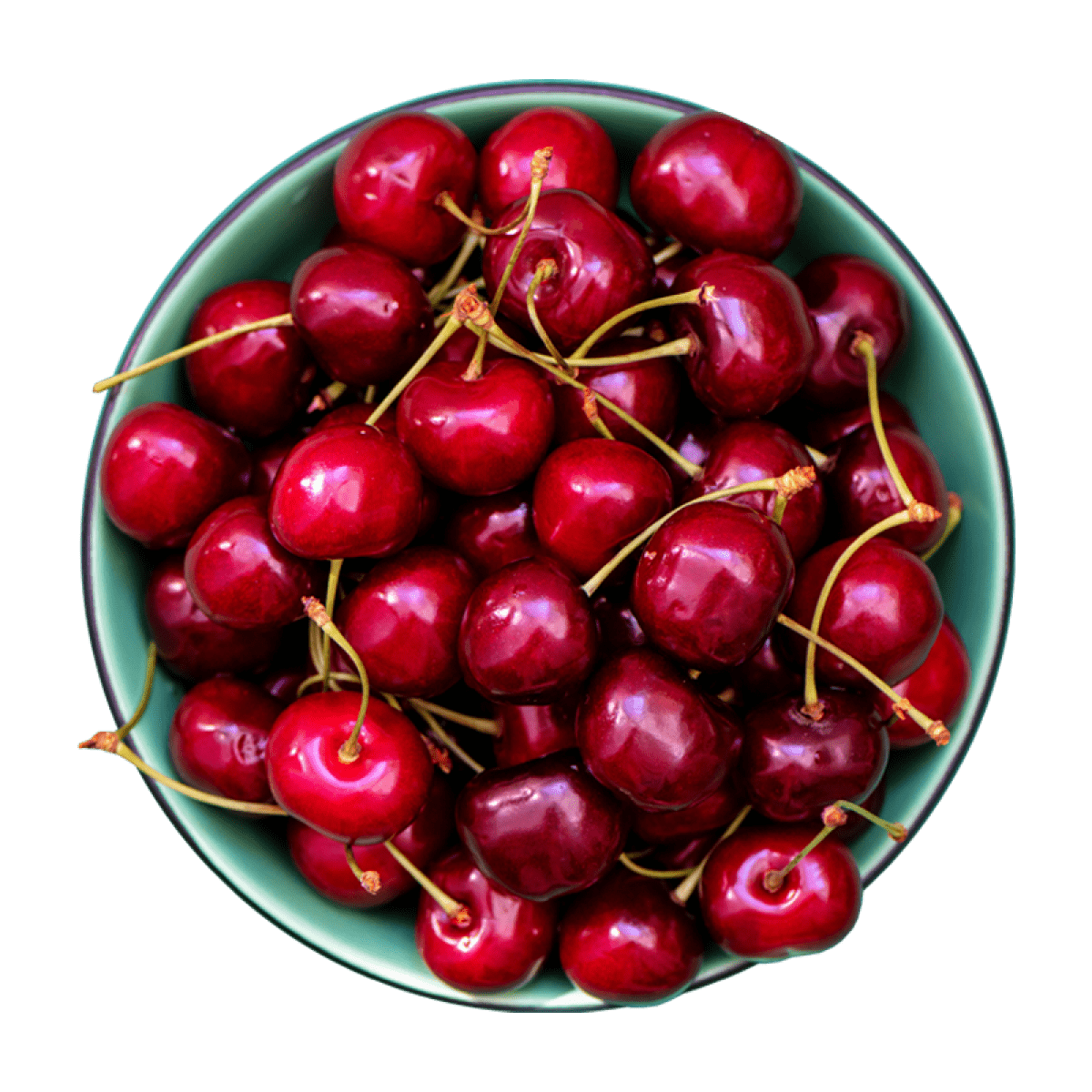

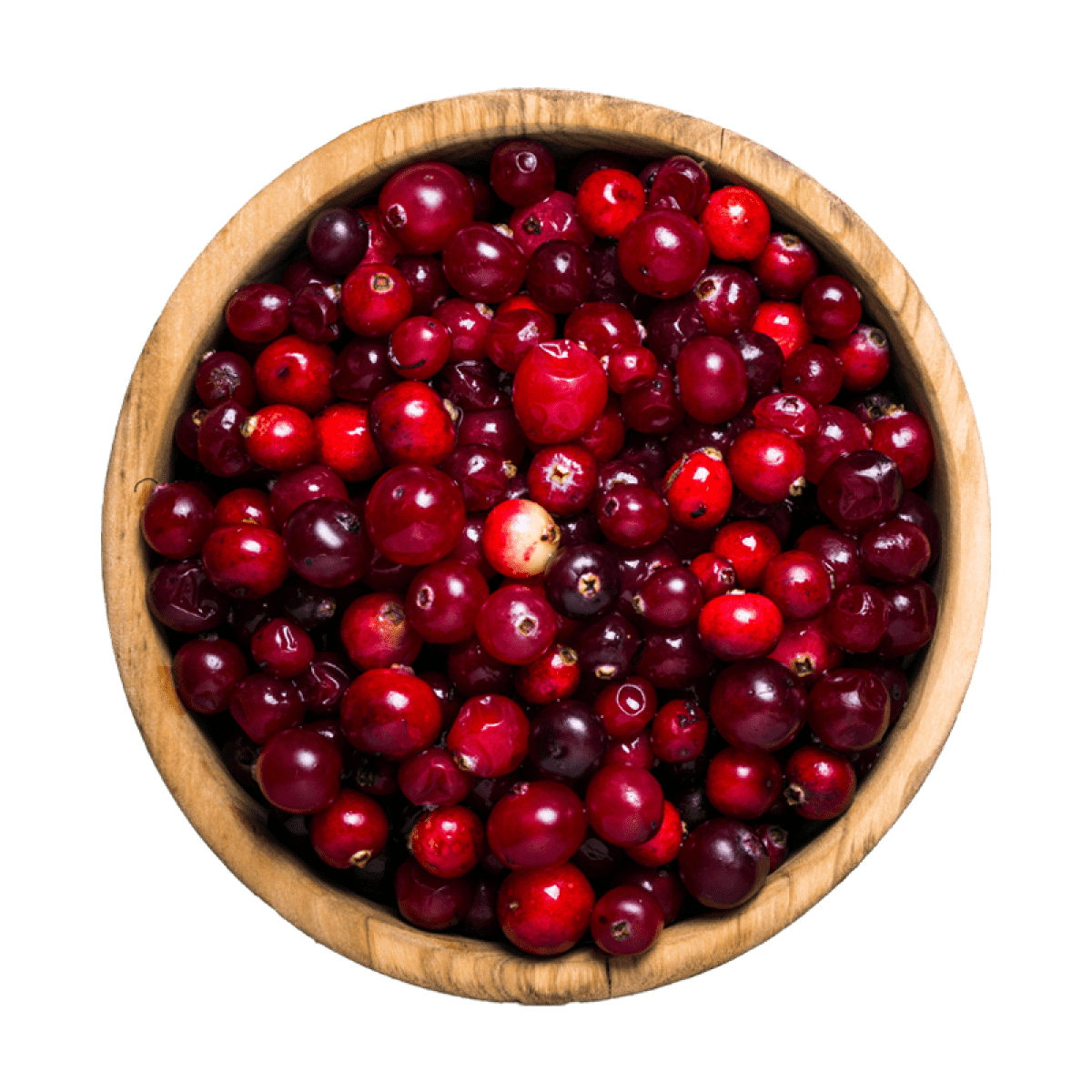
- ciliegia
- lampone
- cranberry
- melagrana
- fragola
- ribes rosso
- frutti rossi
- susina rossa
- amarena
- mirtillo americano
- ciliegia rossa
- fragola di bosco
note frutti rossi menzionate 0 volte
Uve
Scopri lo stile
Russian reds are produced in nearly all international styles. The majority of them take inspiration from French styles, from the classic Bordeaux Blends (Cabernet Sauvignon, Merlot, and Cabernet Franc) to the monovarietal wines of Burgundy (Pinot Noir), whilst some Rhône influence can also be detected (Syrah and Grenache). Traditional Georgian grapes (Saperavi) and New World techniques also play an important role in Russian red wines.
The Krasnodar region on the Black Sea coast specialises in international varieties, with the Taman peninsula Russia’s most widely-planted region, producing wines in a wide range of styles and quality. The Don valley is mostly known for its characterful Krasnostop Zolotovsky and for Tsymlyansky Cherny, Russia’s two most popular indigenous grapes, but structured wines made from Cabernet Sauvignon are also produced there.
There is increasing interest around other indigenous grapes, such as Amursky Potapenko, Dosnoyny, Plechistik, Golubok, Saperavi Severny, and Kefessiya. Of these Amursky Potapenko is probably the most mysterious and symbolic Russian grape. It is a hybrid, created by Alexandr Ivanocvich Potapenko, an important Russian viticulturist, and is particularly important because it is temperature resistant, being able to tolerate extreme conditions.